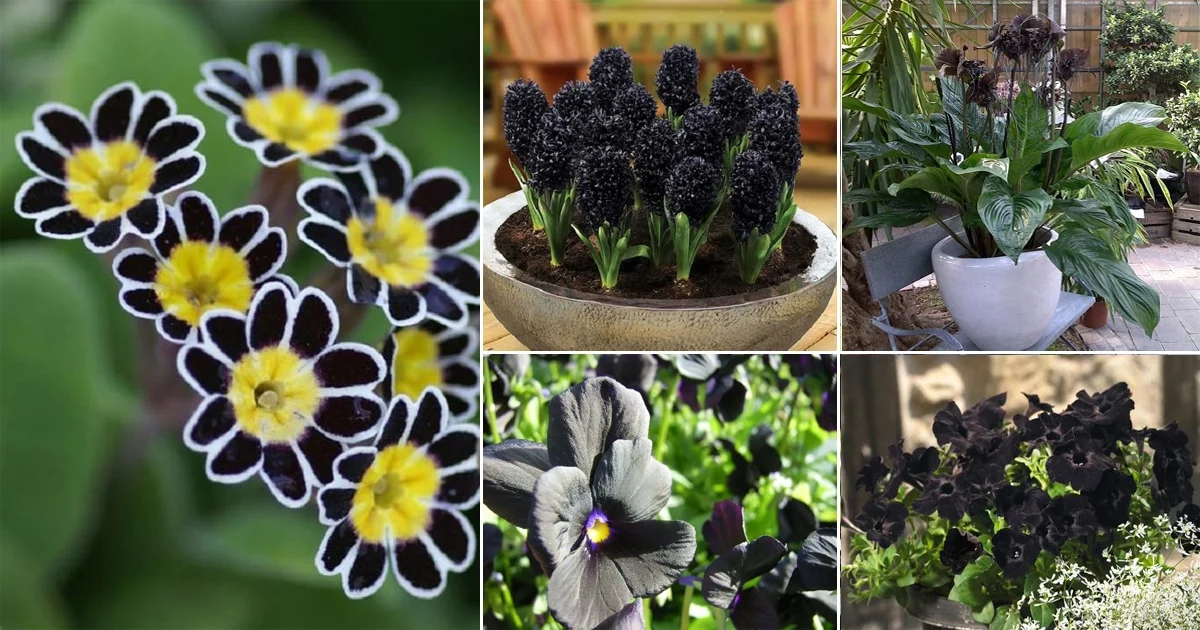When you grow these unique plants in your garden, they’ll stand out from the crowd. These plants will have your friends and neighbors asking questions about your garden.
A tropical plant that grows in jungle climates, the bird of paradise flowers are bicolored and uniquely shaped. They make a gorgeous showpiece in your yard and will attract hummingbirds.
1. Purple Globe Thistle
Many common plants are popular for good reason—they thrive in a wide variety of climates and require little maintenance. But if you want to give your garden a more distinctive look, consider adding some of these unusual plants to your mix.
The blue ‘Taplow Blue’ globe thistle (Echinops bannaticus) produces plenty of flower stems with an intense shade of blue. It’s a great addition to xeriscape gardens, especially when paired with low-growing grasses like yarrow or lavender cotton.
Small globe thistle (Echinops ritro) adds height and dramatic interest to the back of beds, borders and containers. Its spherical flowers are steely purple-blue and topped with spiny foliage. This hardy perennial is tolerant of dry climates, making it ideal for xeriscaping. It also self-seeds easily.
2. Mandrake
In a world full of roses and marigolds it can be nice to grow plants that are a little less common. They add a bit of height and colour to the garden. They also tend to attract hummingbirds!
Mandrake (Mandragora officinalis) is one such plant. This strange-looking nightshade has been the subject of much lore. It is thought to have been used in magic, to aid fertility, and even to possess people.
In a scene from J K Rowling’s Harry Potter and the Chamber of Secrets, Hermione Granger is seen in a greenhouse receiving instruction from Professor Sprout on re-potting her mandrake plants. To protect her hearing she is wearing earmuffs. The reason for this is that the mandrake emits a shrill cry that is fatal to anyone who hears it.
3. Danish Flag Flower
While tulips, zinnias and roses are great for flower beds, sometimes you need something a little more unusual to grab the attention of guests and passersby. Opium poppy ‘Danish Flag’ is a perfect addition to any garden thanks to its bold contrasting colors and unique frilly edging. It’s also easy to grow and resistant to deer.
Papaver somniferum ‘Danish Flag’ has beautiful, intricately crinkled and feathered vivid scarlet petals that reveal a white cross in the center, resembling Denmark’s national flag. This heirloom bloom is an annual that is easy to grow and thrives in most garden conditions. It also makes a stunning cut flower for summer arrangements. After the flowers have faded, you can enjoy the attractive tan seed pods that remain for additional season-long appeal.
4. Melothria Scabra
If a small, vine-laden fairy garden is your thing consider adding a cucamelon plant (Melothria scabra) to your backyard. The plants produce fruit the size of a grape and are known to have a citrus-like flavor.
Also called mouse melons, Mexican miniature watermelon and Mexican sour gherkin, this vine is part of the cucumber family and native to Mexico and Central America. Unlike cucumbers, the fruits are drought-tolerant and resist powdery mildew.
The vines of cucamelon plants are easy to grow and a great addition to any garden. They take just 80 days to mature from seed and will need a trellis to support them. The vines can reach 6 to 8 feet long so make sure you have enough space for them to grow.
5. Blood Lily
Avid gardeners like to plant a few “specialty” crops in their vegetable plot or flower beds each year to get oohs and ahhs from friends and family. Whether it’s a rare pumpkin variety that grows big and beautiful or an unusual fruit with unique flavors, these varieties set your garden apart from others.
Blood lily (Scadoxus multiflorus) is another exotic and unusual plant to add to your garden. It looks like a monster, but it’s actually a non-toxic flower that will attract hummingbirds and butterflies.
This is a hardy plant that can be grown outdoors in warm climates, but must be moved to a greenhouse or other indoor space for the winter as it cannot tolerate frost. Repotting is recommended every three years to prevent overcrowding and to allow for adequate nutrient supply.


